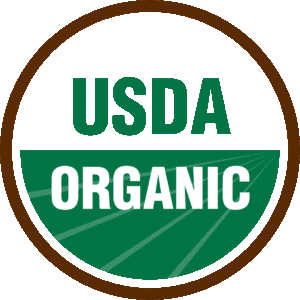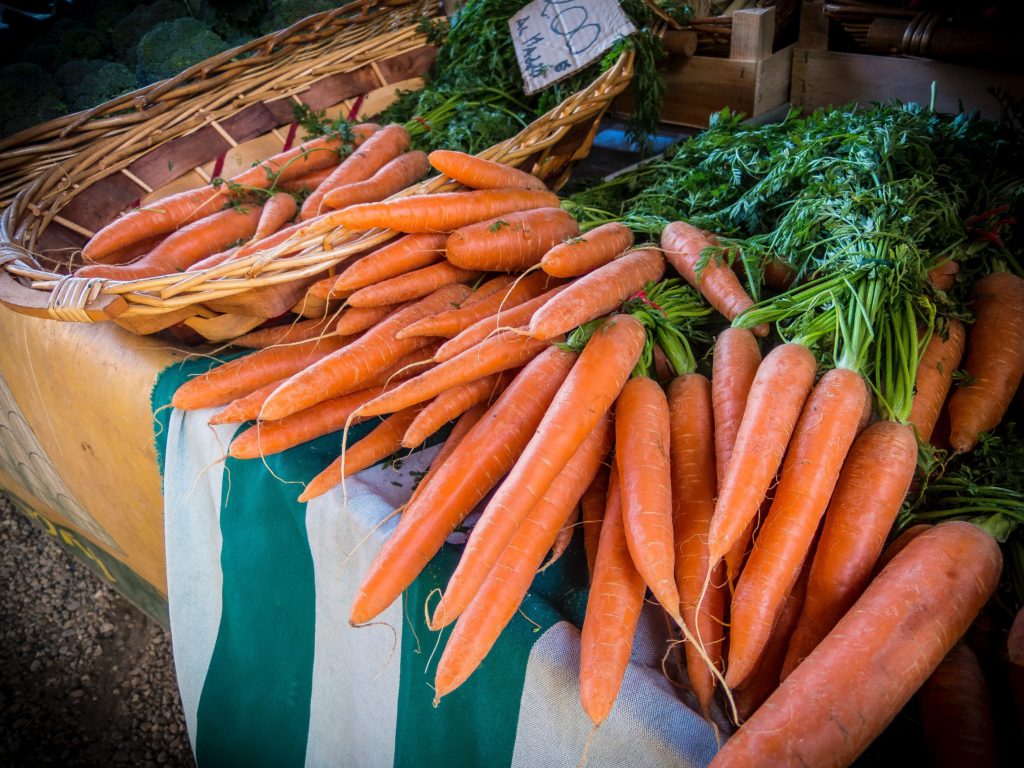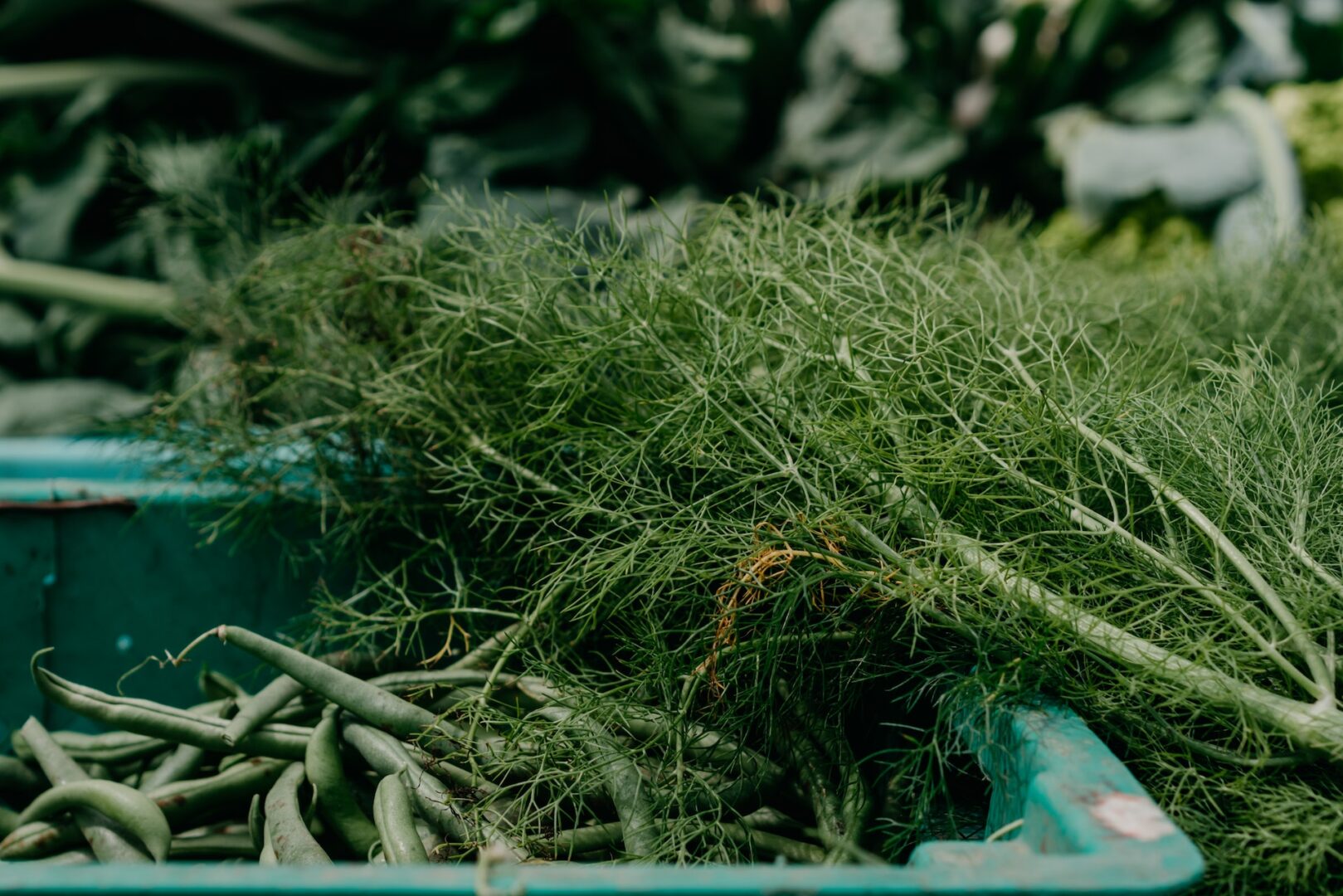If you are reading this, chances are that you care deeply about how your food is produced – where it’s sourced, and what the climate impacts are of what’s on your plates – and want to learn more about making sustainability a way of life. Here at CFSA, we help growers and eaters think more deeply about the effect of food on the planet in terms of climate health and on communities in terms of individual health.
“Is buying organic worth it?” This was a question posed some time ago to CFSA by a member of the public. We thought the question worth revisiting with the reauthorization of the federal food and farm bill on the horizon. If you eat, you’re affected by this bill, as it is the largest piece of legislation that affects food, farming, and nutrition every five years and is up for renewal in 2023.
The oft-quoted Wendell Berry said, “eating is an agricultural act,” and agriculture is a varied, complicated, and globalized business. Agricultural practices differ between countries, regions, farms, and products. Simply put, there are many different methods of growing food, and these different methods can and do impact human health and the environment in ways that are not uniform across all of agriculture.
Not all of these differential impacts will be evident to consumers when looking at a fruit or vegetable. The shape, color, and taste of a strawberry do not indicate whether the farm of origin pays its workers a fair wage or whether it uses soil management practices to prevent the leaching of fertilizer and pesticides into groundwater. Even though the human and environmental health impacts of these on-farm practices can be remote, being felt by communities hundreds of miles from you, they are connected to the agricultural act of buying food. As such, they can form the basis of your decision about a product’s worth.
All of this is to say that whether buying organic food is “worth it” depends on the value that you put on how your food is produced. Yet, quite apart from this valuation, it is undeniably true that the process of growing crops and livestock in strict accordance with the USDA Organic standards is a markedly different way of growing food than the practices used by our country’s largest and most industrialized “conventional” farms.
“What’s in a Label”
Complicating any discussion of what “organic” means is the fact that food processors, farmers, and consumers often use the word to mean different things.
When used to advertise a farm product, the word “organic” is regulated by federal law. USDA Organic is the only federally regulated organic label on the shelf. It has among the strongest standards for environmental sustainability, including prohibiting synthetic fertilizers and industrial pesticides. Animal feed must be 100% organically produced and without animal byproducts or daily drugs. GMOs are prohibited. For farm operations, it requires farmers to manage pasture and cropland through practices that collectively reduce or eliminate many of the negative environmental costs of industrial-scale conventional agriculture, such as water pollution (use of riparian buffers), soil erosion (cover cropping and crop rotation), and the loss of biodiversity (preservation of wildlife habitat). Obtaining this certification means that farmers and businesses have met strict standards for the growing, processing, and handling of their products and are inspected at least annually.

- “100% Organic” means that the product was made with 100% certified organic ingredients and processing aids. Like all organic foods, it will contain no GMOs.
- “Organic” accompanied by the USDA seal means that the product was made with at least 95% certified organic ingredients.
- If the item says “organic” without the USDA seal, only a portion of the ingredients are organic and must be clearly labeled.
On the other hand, some farmers use the word “organic” to refer to agricultural products that were grown by uncertified farms using methods that are either similar to or entirely consistent with the USDA Organic standards. While the legal meaning of the word “organic” as defined by Congress and the USDA has only been around since 1990 when the Organic Foods Production Act (OFPA) was signed into law, the cultural practice of farming using regenerative methods has been around for thousands of years, rooted in the traditional and sustainable farming methods of Indigenous communities throughout the world.
Certified or Uncertified
So, isn’t uncertified food that is “grown using organic methods” just as good as certified USDA Organic food? In at least one sense, the answer is “yes.” Even though an uncertified farmer who adheres to the USDA Organic standards cannot market their products accordingly, the products are nonetheless “organic” in the ways that matter most to consumers. Moreover, there are many certified and uncertified organic farmers who grow food in ways that exceed the minimum requirements of the USDA Organic regulations, and the USDA Organic seal is not capable of communicating this “hyper organic” value to consumers. However, a consumer considering buying the uncertified farmer’s product lacks a useful tool: the government-backed and third-party-verified information that is communicated by the USDA Organic seal. So, if you frequent your local farmer’s market, speak with the farmer and find out what their practices are. Consult the National Farmer’s Market Directory to find local growers near you.

Buying Local
When you choose to buy locally grown food, you support your local food economy, build relationships with farmers, and contribute to building a local food system that supports the community.
Environmental Benefits
Sustainable farming practices prioritize the protection of the environment and natural resources. Local farmers who adopt sustainable methods often avoid or minimize the use of synthetic pesticides, herbicides, and fertilizers, which can have detrimental effects on ecosystems and water quality. Instead, they employ organic farming techniques such as crop rotation, composting, and natural pest control methods, reducing the overall ecological impact of food production.
Furthermore, sustainable farming practices typically emphasize soil health and conservation. Farmers who prioritize soil health through methods like cover cropping and minimal tilling help promote biodiversity, prevent soil erosion, and retain valuable nutrients.
Economic Benefits
Choosing to buy from local farmers provides essential support to the local economy. When you purchase directly from farmers, a larger portion of the money you spend stays within the community. This helps to create and sustain local jobs, boost the local tax base, and strengthen the regional economy as a whole.
Social Benefits
Purchasing sustainably grown foods from local farmers provides an opportunity to build a stronger connection with your community. Many farmers offer the chance to visit their farms, participate in community-supported agriculture (CSA) programs, or attend farmers’ markets where you can interact with the people who grow your food. These experiences foster a sense of connection, promote food education, and encourage a deeper understanding of where our food comes from.
Healthier and Safer for You, for Farmers and Farmworkers
One of the most significant advantages of buying organic is the reduced exposure to harmful chemicals, especially for farmers and farmworkers. A study involving 89,000 pesticide applicators and their spouses from Iowa and North Carolina has resulted in over 100 scientific publications linking chronic and low-level pesticide exposure to negative health outcomes for farmworkers and their families. Organic farming practices prohibit the use of synthetic pesticides and fertilizers and so provide safer working conditions for agricultural laborers. And for consumers, certified organic products you are buying are generally free of toxic residues, and so reduce the odds of chronic and acute illnesses that are associated with the accumulation of toxins in the human body, such as certain cancers, endocrine system disorders, and neurological problems.
While the decision to buy organic ultimately rests with each individual, the advantages of choosing organic products are clear. From improved farmworker health to environmental preservation and ethical practices, the benefits of going organic extend beyond our plates. By making a conscious choice to support organic farming, each of us can contribute to a healthier planet and a more sustainable future. And you can lend your voice to support farmers who are changing the way food is produced today and stewarding the land. Connect with CFSA or an organization near you that is advancing food, farm & rural issues in your state & region.
Misleading Food Labels
Ever wondered about the variety of food labels you see in stores? From promising to be a healthier choice for you and the planet to touting health benefits, food marketing is often confusing and misleading. Here are some of the most-used labels that have no clear set of standards and are largely unregulated.
- Fresh produce: natural or pesticide free.
- Poultry and eggs: free range, cage free, natural, pasture raised, vegetarian fed, humane/humanely-raised, no antibiotics.
- Meat: natural, pasture-raised, grain-finished, humane/humanely-raised, no antibiotics.
- Dairy: natural, pasture-raised, grain-finished, humane/humanely-raised
- Seafood: natural, all-natural, pole and line caught, sustainably caught, sustainably harvested, responsibly farmed, and responsibly caught. It should be noted that the USDA has no set standards for organic seafood. If seafood is labeled organic, this means it is not from the United States.
According to the 2023 U.S. Grocery Shopping Trends report from The Food Industry Association, here are the most common product claims consumers are seeking out when shopping:
- 24% No artificial ingredients
- 22% No preservatives
- 19% Natural
- 13% Certified organic
Except for certified organic, none of the other claims are independently verified!
As a side note, the Food and Drug Administration (FDA) is looking to enact a standardized front-of-package (FOP) system by December 2023 to help consumers make informed choices about their food purchases.
Visit FoodPrint for more information on food labels.

Separating Fact From Fiction: The High Price Myth About Organic Food
One of the most pervasive myths about organic food is its prohibitive cost. Organic products do have a slightly higher price tag than their conventionally-produced counterparts for good reasons.
- The price of conventional food is kept artificially low through government subsidies to conventional farmers.
- Organic farming has higher stewardship standards and in order to be certified as organic, farmers must adhere to a strict set of guidelines set forth by the USDA.
- Organic farming is more labor-intensive as the use of synthetic chemical pesticides, herbicides, and fungicides for weed and pest management in the fields is not permitted.
- Organic farmers are usually smaller operations, which can drive up their production costs (seeds, equipment, etc.), making it harder to achieve economies of scale.
Our broken food system, in essence, hides the true cost of big agriculture. Consider the impact on our health and the environment from pollution, soil degradation, erosion, and the loss of biodiversity. The costs of industrial production are not felt at the grocery store but are externalized as passed-on costs to the public. A true cost study by the Rockefeller Foundation revealed that the hidden costs of food are three times more than the price you pay at the grocery store.
A good resource, if you want to learn more, is the book, True Cost Accounting for Food: Balancing the Scale (Routledge Studies in Food, Society and the Environment) by Barbara Gemmill-Herren (Editor), Lauren E. Baker (Editor), Paula A. Daniels (Editor).

